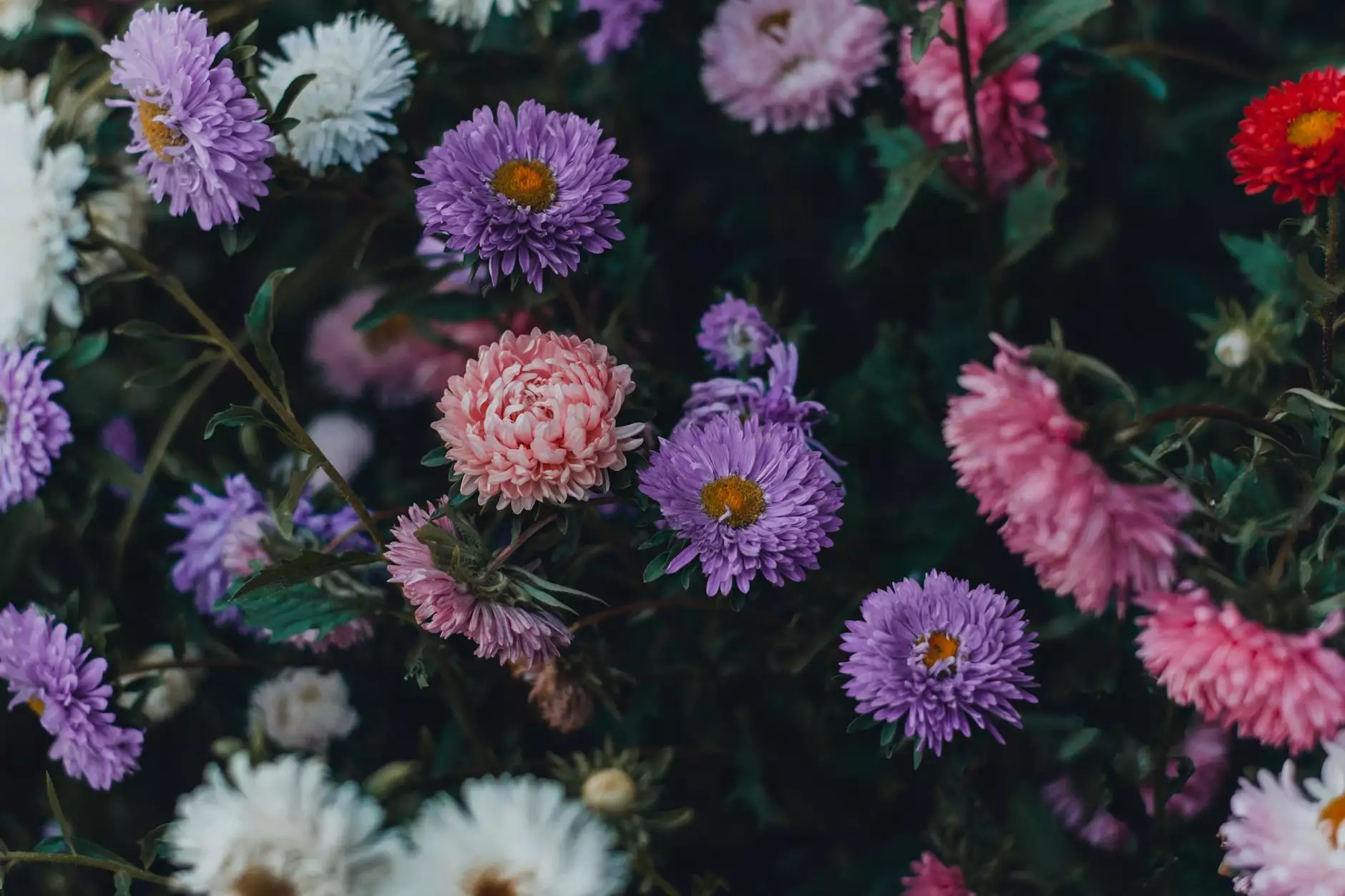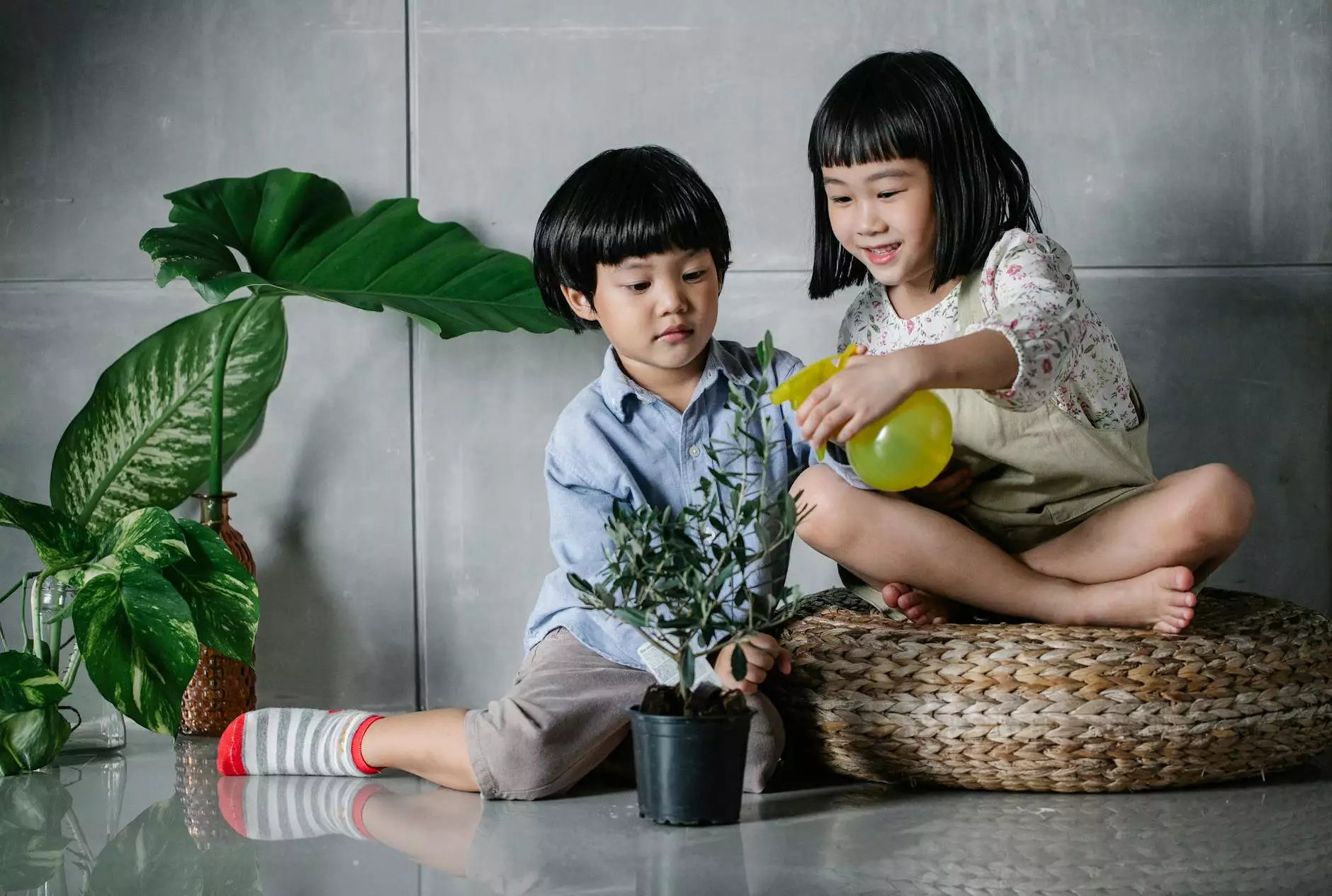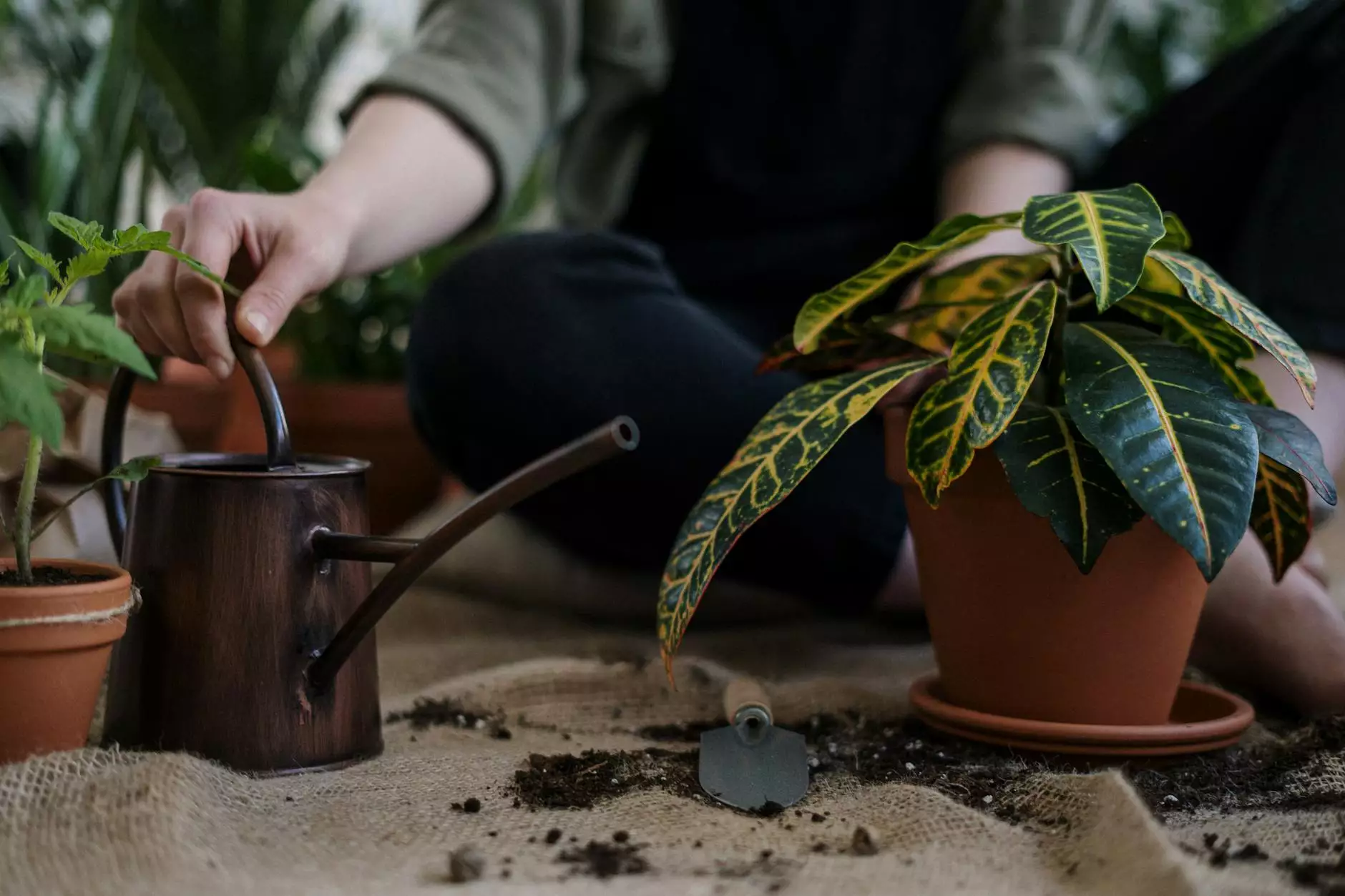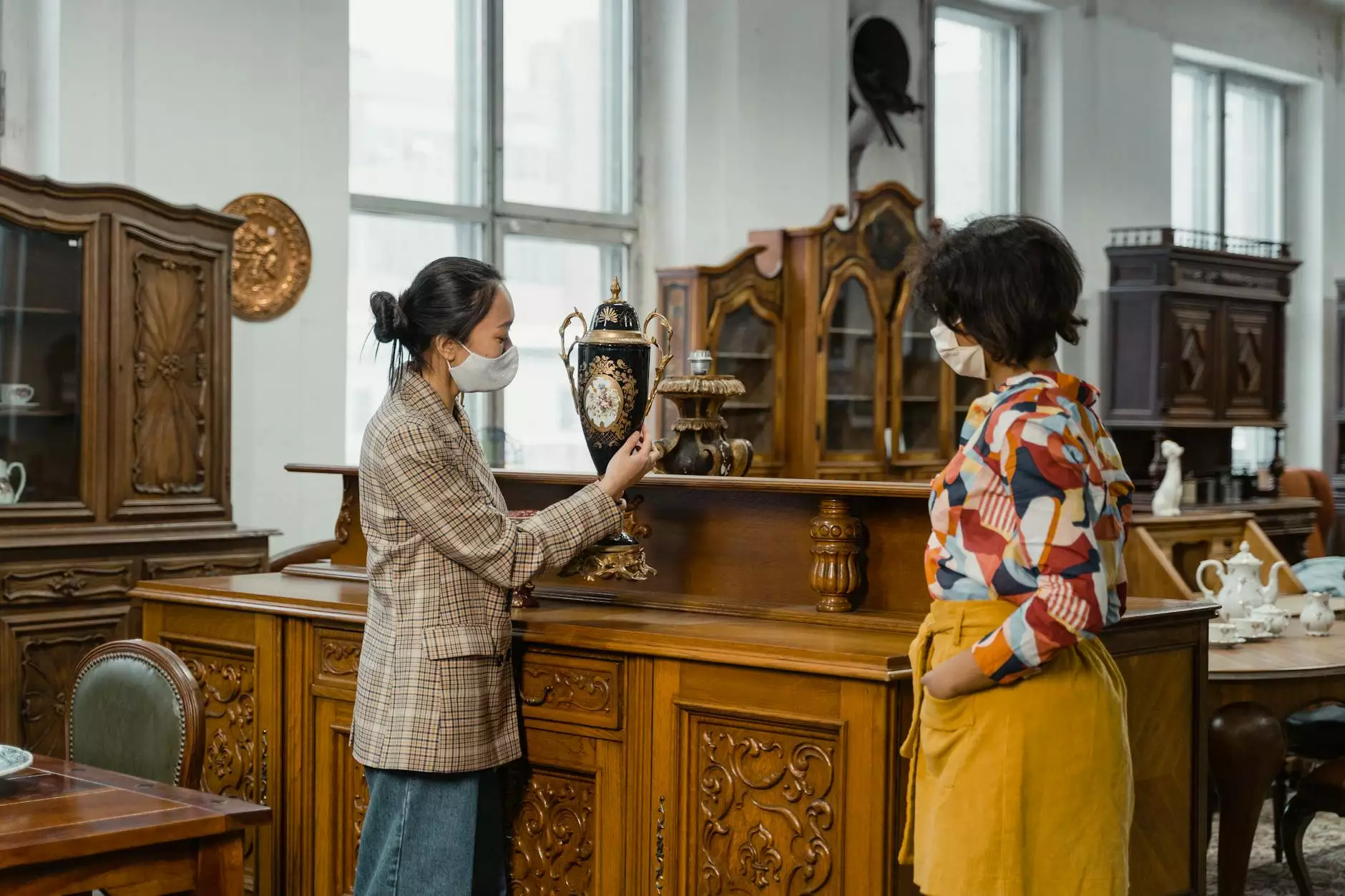Poinsettia Care Guide

Welcome to La Venezia Art & Fashion's comprehensive Poinsettia Care guide. We are here to help you understand and master the art of poinsettia care, ensuring your plants stay healthy and vibrant throughout the holiday season and beyond. Whether you are a beginner or an experienced gardener, this guide will provide you with all the essential tips and tricks for maintaining these beautiful plants.
Choosing the Right Poinsettia
When selecting a poinsettia, it's important to look for a plant with strong, vibrant-colored bracts (the colorful leaves often mistaken for flowers). Choose a plant with crisp, green foliage and avoid those with wilted or yellowing leaves. Additionally, check the stems for any signs of damage or disease.
Placement and Lighting
Poinsettias thrive in bright, indirect light. Place your poinsettia near a window that receives plenty of sunlight but avoid direct exposure to harsh, intense rays. A location with 6 hours of bright, indirect light per day is ideal for these plants. If you need to move your poinsettia, be sure to protect it from extreme temperature changes.
Temperature and Humidity
Keeping your poinsettia in a warm and consistent temperature is crucial to its health. Ideally, maintain a temperature between 65 to 75 degrees Fahrenheit during the day and slightly cooler temperatures at night. Avoid placing your poinsettia near drafts, heating vents, or radiators, as these can cause stress to the plant. Additionally, poinsettias prefer moderate humidity levels, so consider using a humidifier or placing a tray of water near the plant.
Watering and Soil
Proper watering is key to maintaining a healthy poinsettia. Before watering, always check the soil moisture level. Water your poinsettia when the top inch of soil feels dry to the touch. Ensure that the pot has proper drainage to prevent waterlogging, which can lead to root rot. Avoid overwatering or allowing the plant to sit in standing water. If your poinsettia is wrapped in decorative foil, remove it before watering to prevent water buildup.
Fertilizing
Fertilizing your poinsettias is essential for their overall health and vigor. Start by applying a balanced, water-soluble fertilizer once every two weeks during the active growth period. Be sure to follow the instructions on the fertilizer packaging, as over-fertilization can damage the plant. Once the holiday season is over, reduce the frequency of fertilization.
Pruning and Maintenance
Regular pruning helps maintain the shape and appearance of your poinsettia. After the blooming period is over, around late winter or early spring, prune the plant back to about 6 to 8 inches above the soil line. This encourages new growth and ensures a compact and bushy form. Regularly remove any yellowing or withered leaves to prevent the spread of diseases.
Poinsettias and Pets
Poinsettias have long been associated with toxicity to pets, but the truth is, they are generally considered safe when kept away from curious pets. The white, milky sap of the poinsettia can cause mild irritation if ingested, leading to symptoms like drooling or vomiting. It's always a good idea to keep poinsettias out of reach of pets and consult a veterinarian if you suspect any issues.
Common Poinsettia Problems
Poinsettias are generally hardy plants, but they can face a few common issues. Yellowing leaves may indicate overwatering, while drooping leaves can result from underwatering. If you notice yellowing or wilting leaves, adjust your watering routine accordingly. Additionally, poinsettias may be susceptible to pests such as aphids or whiteflies. Keep a close eye on your plants and treat any pest infestations promptly.
Conclusion
Congratulations! You are now equipped with the knowledge and tips needed to successfully care for your poinsettias. Remember to provide them with proper light, temperature, and watering, and they will reward you with their vibrant and colorful bracts throughout the holiday season and beyond. If you have any further questions or need additional assistance, La Venezia Art & Fashion is always here to help. Happy gardening!








